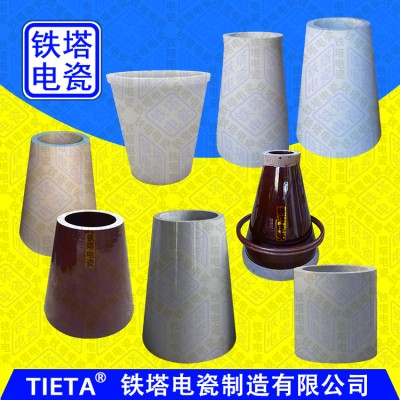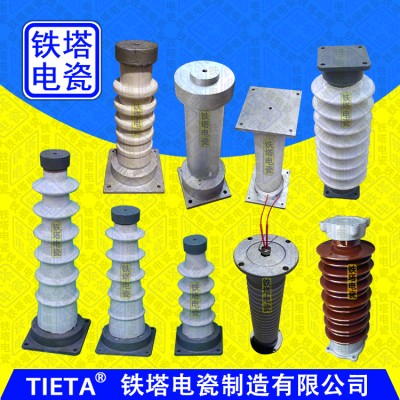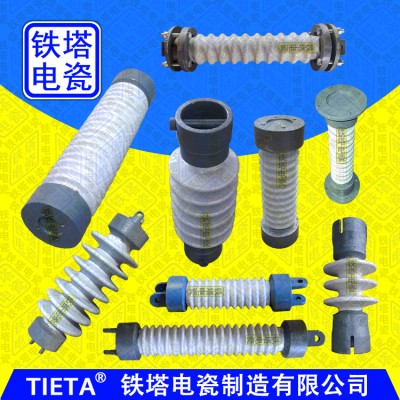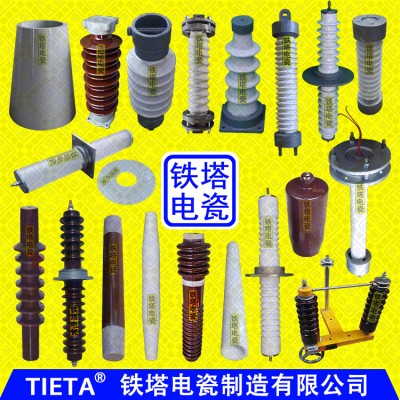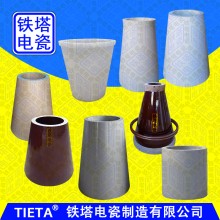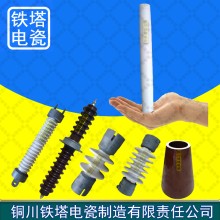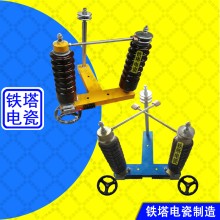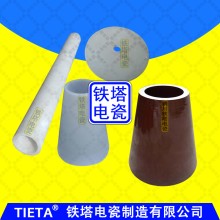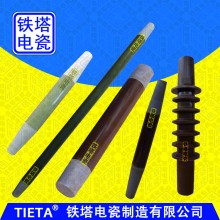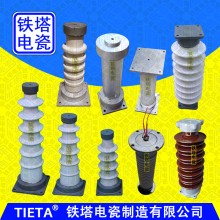除尘套管陶瓷套筒绝缘瓷套电瓷铁塔锥形瓷套承压瓷瓶承重瓷套承压绝缘子高压瓷缸

静电除尘器支撑瓷套管用于电晕极悬挂框架吊杆穿过场壳体处的密封和绝缘保护。根据产品的外形分为直形瓷套管和锥形瓷套管以及异型瓷套管。
瓷套管严格按照GB/T772-2005《高压绝缘子瓷件 技术条件》和B/T6746。3-1993《静电除尘器用瓷绝缘子》制造。瓷套适用于工作温度为250℃、直流工作电压72KV~120KV,抗压破坏负荷不小于500KN,安装地点海拔高度不超过1000米的工作条件下使用,瓷套管外表面施白色、棕色瓷釉和无釉,两端面研磨。
注:不同瓷质等级的瓷件耐温≤250℃、≤350℃、≤500℃、≤700℃、环境中使用,工作电压为72-120KV。
使用各种瓷瓶绝缘子产品时必须安装平整受力均匀,运行设备前先给瓷瓶及安装位置加热烘干12-24小时左右(保证瓷瓶及安装位置清洁干燥,不能有油污等潮湿现象,检查电压是否符合要求)才能运行设备),突然升温降温会导致温差引起瓷瓶炸裂。
The supporting porcelain bushing of the electrostatic precipitator is used for sealing and insulation protection at the place where the suspender of the corona suspension frame passes through the field shell. According to the shape of the product, it can be divided into straight porcelain bushing, conical porcelain bushing and special-shaped porcelain bushing.
Porcelain bushing shall be in strict accordance with GB/T772-2005 Technical Conditions for Porcelain Parts of High Voltage Insulators and B/T6746. 3-1993 Porcelain Insulators for Electrostatic Precipitators. The porcelain bushing is applicable to the working conditions with the working temperature of 250 ℃, the DC working voltage of 72KV~120KV, the compressive damage load of not less than 500KN, and the altitude of the installation site of not more than 1000m. The outer surface of the porcelain bushing is painted with white and brown enamel and unglazed, and both ends are ground.
Note: The temperature resistance of porcelain parts of different porcelain grades is ≤ 250 ℃, ≤ 350 ℃, ≤ 500 ℃, ≤ 700 ℃, and the working voltage is 72-120KV.
When using various porcelain insulator products, it is necessary to install them smoothly and evenly under uniform stress. Before operating the equipment, heat and dry the porcelain bottle and installation location for about 12-24 hours (ensure that the porcelain bottle and installation location are clean and dry, free of moisture such as oil stains, and check whether the voltage meets the requirements) before operating the equipment. Sudden temperature rise and drop can cause the porcelain bottle to explode due to temperature differences.
